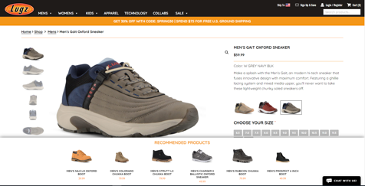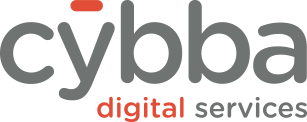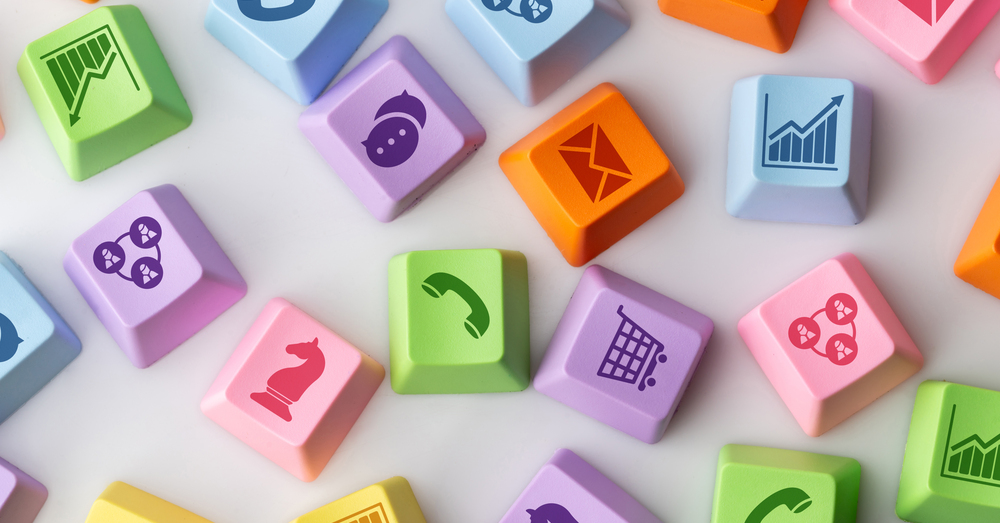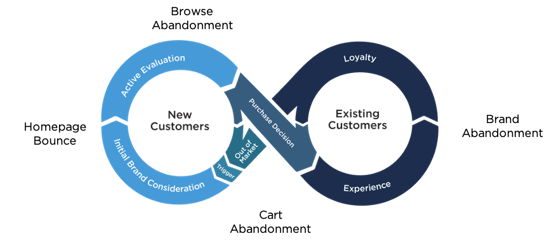As marketers, we have finally recognized that our relationship with customers does not end with a single bottom-of-the-funnel conversion. We have opportunities to delight new and existing customers before and after a conversion takes place.
Abandonment also happens across the customer journey, not just at points of conversion like a purchase decision. This requires a more holistic vision of the customer journey and an expanded definition of "abandonment."
Consider the new Customer Journey Loop (below) a more faithful representation of the traditional sales funnel. You want to keep your customers moving smoothly through this loop by minimizing the points of abandonment at each of these stages. Most importantly, after fighting so hard to keep your customer engaged at each stage toward a final purchase, you want to them to come back and do it all again. Individual purchases are great but true customer loyalty is your holy grail.
Customer Journey Loop
We'll walk through the Customer Journey Loop by identifying the types of abandonment your business may encounter at each stage of consideration and provide digital marketing solutions to keep your customer engaging with your brand before and after purchases.
Types of Abandonment at Each Customer Journey Stage:
Homepage Bounce – Initial Brand Consideration
Browse Abandonment – Active Evaluation
Cart Abandonment – Purchase Decision
Brand Abandonment – Loyalty
Home Page Bounce – Initial Brand Consideration
We’ve all heard some variation on the following theme: your customer has a shorter attention span than a goldfish. Digital marketers love to use hyperbolic metaphors to explain how difficult it is to keep someone’s attention in the age of the endless scroll. We get the picture. You need to nail your first impression and that first impression often happens on your website homepage.
The effectiveness of your homepage is reflected in your bounce rate. You want a low bounce rate. High bounce rates indicate low engagement and mean that people leave your website quickly without taking any additional action. Most website bounce rates fall between 26% and 70%.
Banishing Bounce
You don’t want to lose customers before they’ve seen all that you have to offer, so your goal should be to keep users on the homepage long enough to self-identify. Onsite engagement tools that prompt website visitors to enter their contact information in exchange for a new customer discount or other first-time benefits work famously here. Even if a customer leaves after providing this information, their contact information has been added to your CRM and allows you to target them in other ways.
Browse Abandonment – Active Evaluation
Browse abandonment is a true middle child, sandwiched between home page bounce and – you guessed it – cart abandonment. In the past, we didn’t have much insight into audience behavior at this stage. We held out hope that customers would eventually begin interacting with our products by adding them to their carts.
Read more on Browse Abandonment: [Blog] 4 Ways to Tackle Browse Abandonment
Data analytic capabilities have since evolved providing us more information about what products and pages are most popular and why. We also have more seamless ways to showcase dynamic and customer-based product recommendations in real time.
Building on the Browse
A great way to pique the interest of browsers is to show them products that match their browsing preferences and/or best-selling items when they show intent to leave your site. By integrating a product feed into your onsite engagement and email remarketing solutions, you can showcase custom product recommendations that are proven to keep customers on your site and increase AOV. In the example below, an onsite message is used to show a customer similar items to the one being viewed and may be exactly what the customer was looking for before they decided to leave the site.

Cart Abandonment - Purchase Decision
If you ever worked in eCommerce, you know all about cart abandonment and its impact on your revenue. The average cart abandonment rate is 76%, meaning only 24% of people who’ve navigated through your site, found a product they like, and demonstrated strong intent to purchase… actually complete their transaction.
Today’s shoppers are both distractible and highly knowledgeable about the eCommerce landscape, meaning they need to be reminded of the value of your products over your competitor’s in the heat of the moment. Onsite engagement solutions and remarketing emails help mitigate the effects of short attention spans and the prevalence of comparison shopping, and serving the right message can spur purchase completion right on the spot.
Capturing High Intent
Onsite engagement solutions are an immediate way of refocusing your customer on the task at hand: completing their purchase. In addition to reminding them of what they’ve added to the cart, you can also offer time-sensitive promotions to further incentivize purchase completion. An offer for free-shipping is always a crowd pleaser.
If your customer still exits your site without making a purchase, a series of remarketing emails can remind them of what they’ve left behind. Customers who are comparison shopping may become weary from all of their options and will seek the path of (customized) least resistance. An email with a clear, visual depiction of their abandoned shopping cart in concert with a time-sensitive promotion delivered at just the right time will make it easy for them to choose your brand and call off the rest of their search.
Brand Abandonment – Loyalty
Within the customer journey framework we established for this post, brand abandonment is when a customer purchases from a brand only once and does not return to that brand for future purchases. Brand abandonment describes a lack of brand loyalty and represents a break in the Customer Journey Loop and a possible return to the “Initial Brand Consideration” stage.
The benefits of brand loyalty are innumerable and all have a positive impact on your bottom line:
- 50% of loyal customers will make more purchases with their preferred companies.
- Repeat customers are nine times more likely to convert than first-time visitors (Adobe Digital Index).
- It's 5-25X more expensive to acquire a new customer than it is to retain an existing customer.
Given these statistics, fostering customer loyalty should rank highly on your list of business objectives.
Read more on Customer Loyalty: [Blog] How 4 Companies Use Brands to Build Lifetime Loyalty
Keeping Customers Close
Just because a customer completes a purchase on your website doesn’t mean you should take your foot off the gas. One purchase does not yet guarantee repeat purchases. There are still countless ways you can continue to make positive impressions on your customers and build brand affinity.
A purchase confirmation page is prime real estate for customer follow up. Since customers will be waiting for reassurance that their purchase was processed, they are likely to pay closer attention to the information you provide there. You can take this opportunity to offer a promotion for future orders, getting your customer right back into the “Active Evaluation” stage of the customer journey loop. Another way to ensure future engagement is to encourage customers to download your app. With a few additional clicks, you can establish another highly effective digital touchpoint for them. These small actions can go a long way in motivating a customer to return to your business instead of your competitor’s.
Abating Abandonment
Setting your Customer Journey Loop into motion requires time and patience, but envisioning the journey as never-ending is the first step. Congratulations!
So push your sales funnel aside (for now) and reach out to Cybba specialists to learn how our digital marketing solutions can enhance your customer experiences at every stage of the journey.



